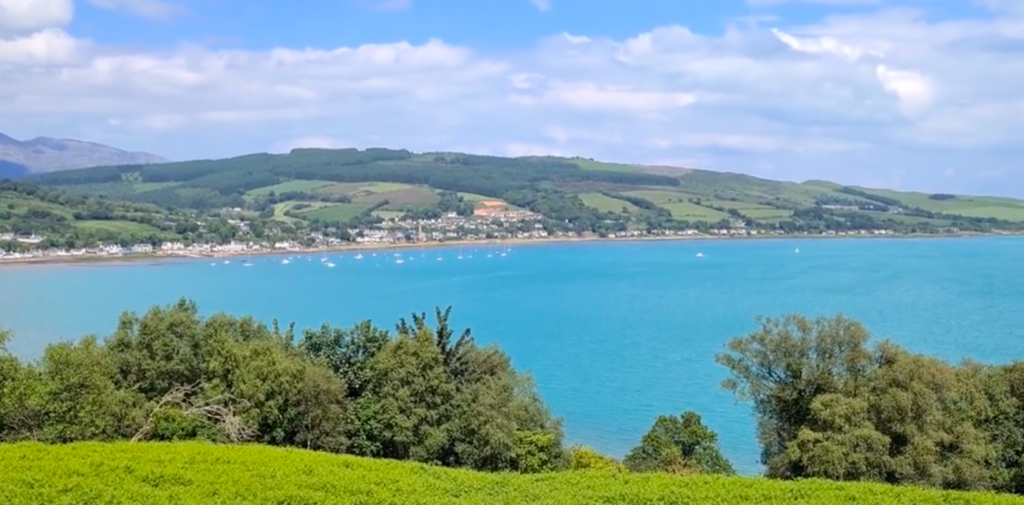Scotland’s west coast turns turquoise

In the absence of any known samples being analysed, experts think a coccolithophore bloom is currently turning the west coast, around the Isle of Arran, into a Mediterranean vista.
According to the BBC, a microscopic marine algae is living in large numbers in the upper layer of the sea.
Spherical cells are surrounded by intrinsic tiny disc-shaped platelets known as coccoliths. When the white calcium carbonate plates – which can turn into chalk – are shed, they transform the sea’s colour.
Dr Paul Tett, from the Scottish Association for Marine Science (SAMS), told the BBC that this is rare in coastal waters.
“The coccolithophores are very common on the high seas in the North Atlantic, for example, and in the southern ocean,” says Tett.
“They are probably the second most common kind of phytoplankton group in the oceans,” but Tett is not quite sure why it was now happening off Scotland’s west coast.
“My best guess is that some water from the North Atlantic has come on to the Mallin shelf, which is the sea between Ireland and the west of Scotland.
“Some of it has gone into the Firth of Clyde and some has gone up the Minch and that has brought the bloom of coccoliths with it.”
Despite some algae blooms being harmful, scientists do not believe this bloom is.











